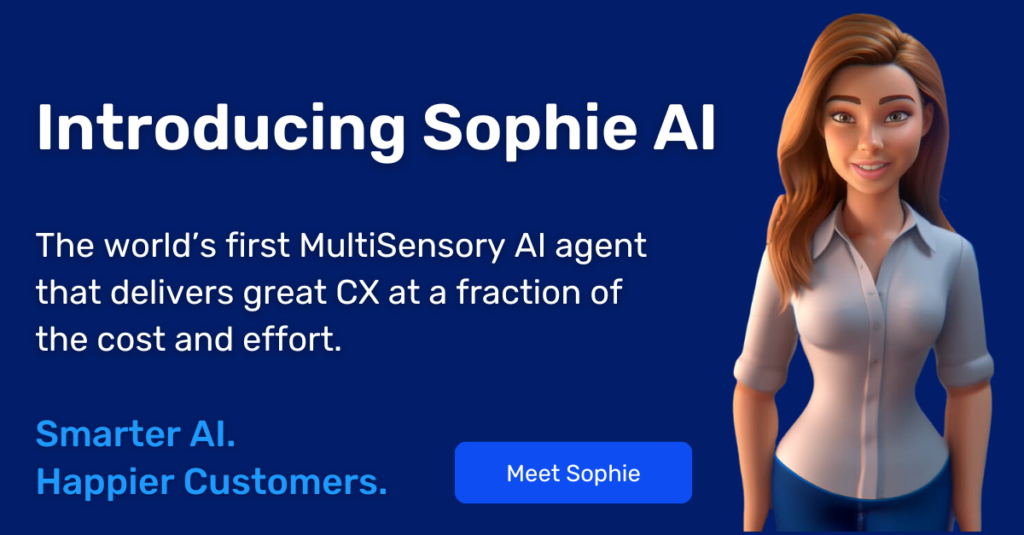Contents
- Reduce Demand for Repairs with Visual Customer Service
- Turn Scheduled Field Service Visits into Seamless Self-Service
- Turn On-Site Assessments into Virtual Calls or Self Service
- Automated, Visual Multi-Step Job Verification Ensures Site Readiness Pre-Dispatch
- Visual Pre-Visit Requirement Verification Ensures the Optimal Resources are Dispatched
The rising cost of diesel and gas are hitting the balance sheets of contractors and corporations around the world. This pain is felt particularly acutely in the field service industry, where transportation costs are often considered unavoidable. This creates a dual pressure on field service leadership, to both reduce demand wherever possible, and improve the efficiency of their performance across every step. In this article, we will explore 5 ways the enterprises are using visual engagement technology to meet both of these objectives.
Reduce Demand for Repairs with Visual Customer Service
Field service repair requests are often both urgent and unplanned. This urgency is driven by the subscription revenue loss and customer frustration that occurs with service downtime. However, in many instances, field service technicians can resolve the customer’s challenges faster, by offering remote visual service. To put it simply, remote technicians can visually show the customer how to resolve their issue, without asking them to wait for the next available on-site service appointment.
For example, last week one of my kitchen appliances stopped working. When the technician came to my home and spoke with me, they determined that a built-in safety mechanism had been triggered. The technician pushed a hidden reset button, and the machine now works like new. This entire visit could have easily been conducted via a video call, providing me (the customer) with a faster resolution to my problem, and while improving their operational efficiency and reducing fuel costs.
Turn Scheduled Field Service Visits into Seamless Self-Service
While some field service visits provide substantial value to the customer, there are often visits that require no special skill to complete. For example, utility companies occasionally visit each customer to “read” their meters. A more cost-effective approach would be to task customers with uploading an image of their own utility meters. A simple visual flow can easily direct anyone with a smartphone to upload the required image, and computer vision can scalably “read” the meter as effectively as any field technician. This helps the customer avoid the headache of scheduling service appointments, and introduces substantial savings for the service provider.
We encounter a similar scenario in the B2B space as well. For example, suppliers of complex manufacturing equipment often require that all maintenance be performed by their own technicians. However, some of this maintenance is often quite routine. Refilling some industrial machinery requires that a particular safety switch be temporarily disengaged. Failure to disengage or re-engage this safety switch can cause substantial damage to the machine. Therefore, the manufacturer will require that only their own technicians perform all refills. This can be both inconvenient, and incredibly costly. And to be honest, flipping a switch does not require particular skill. A more efficient alternative would be to provide the customers with a visual self-service flow. This flow can walk them through how to disengage and re-engage the safety switch, and require that they submit a picture every at each step. Computer vision AI can quite easily determine if the right switch is engaged or disengaged, ensuring full process compliance. This is a win-win-win, as the customer enjoys greater convenience and the equipment supplier saves on manpower and transportation costs.
Learn how TechSee Visual Journeys enables the creation of fast, customized self-service flows
Turn On-Site Assessments into Virtual Calls or Self Service
Across all service verticals, we are now seeing large corporations and small contractors reduce their overhead and fuel costs with visual engagement technology. For example, a major European provider of electrical vehicle charging stations previously sent a technician to each job site to assess their readiness for an EV charging station and collect the images needed to provide a quote. Today, this EV charging provider conducts this entire process via a remote live video call. Their technicians now visually assess the space, and even capture images of the space, without needing to go on-site – introducing far greater customer convenience, and reducing their operational overhead.
However, as they look towards expanding from the commercial sector to home EV charging stations, they are now considering how they can provide customers with a web-based visual walkthrough that will ask them to capture and upload images of their home parking spaces or garages – avoiding the need for a live interaction all together.
Automated, Visual Multi-Step Job Verification Ensures Site Readiness Pre-Dispatch
The Telco market is seeing explosive growth in demand for field service technicians. The rollout of fiber to increasingly rural areas, coupled with the race to rollout 5G and 5G-Advanced coverage have led to an incredible demand for field service operations. Often, multiple teams will be required to complete a single job. For example, one team will roll out fiber to the neighborhood, another will complete the fiber wiring to the home, and a third will complete the installation. In this example, each team is reliant on the previous team completing their work correctly. When the previous team does not complete their step in the relay correctly, the next team arrives to find that they cannot complete their task.
Increasingly, leading Telcos are requiring that every field service technician or team submit photos of their work from their mobile smartphone. Modern computer vision AI then verifies that the job was completed as required, ensuring that the site is ready for the next team in the relay, and avoiding the high cost unsuccessful dispatches.
Visual Pre-Visit Requirement Verification Ensures the Optimal Resources are Dispatched
There are many, many ways that a job requirement can be misunderstood, and the incorrect resources dispatched. For example, what a customer describes as an issue with their router may in fact be an issue with the wiring in their home. Similarly, a customer asking for a smartphone battery replacement may actually need a new charging port. A short video session can easily avoid this confusion, confirming the type of service required before technicians or service providers are dispatched.
These are just a few of the countless ways our enterprise clients are using TechSee’s live and self service visual engagement technologies to improve their performance. To learn more about how TechSee can help your team, schedule your complimentary consultation today.







